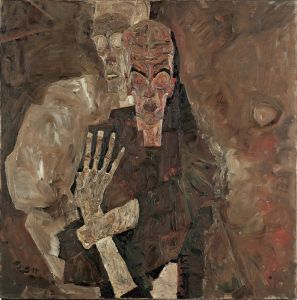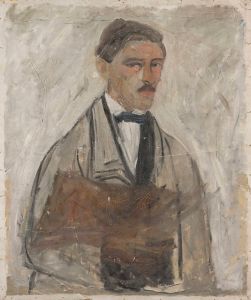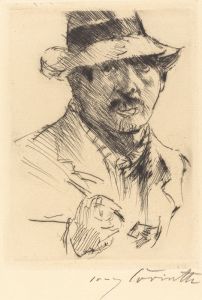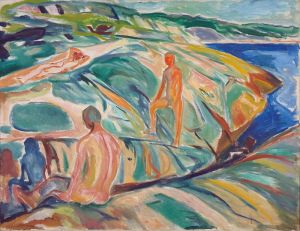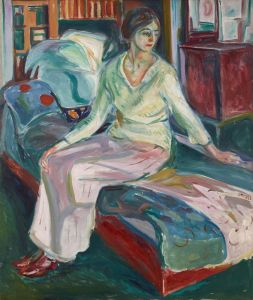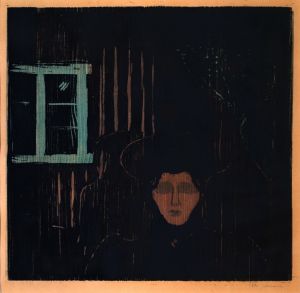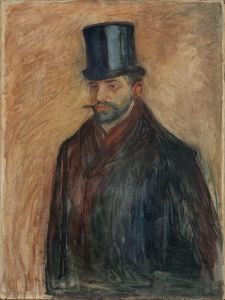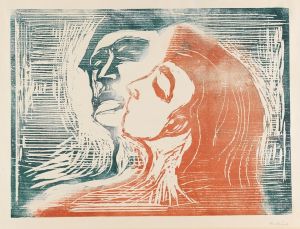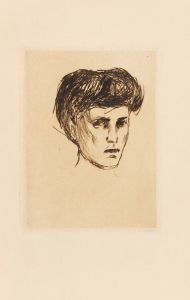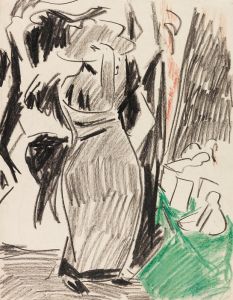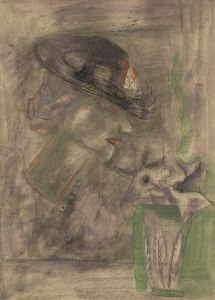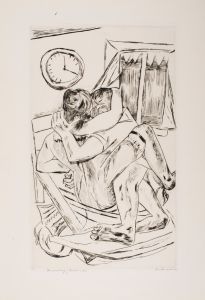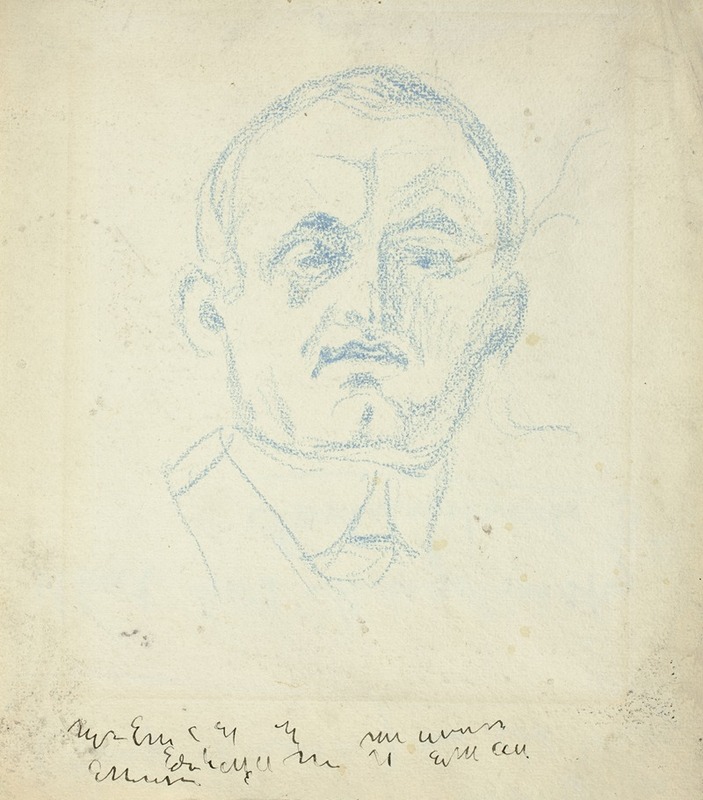
Self-Portrait
A hand-painted replica of Edvard Munch’s masterpiece Self-Portrait, meticulously crafted by professional artists to capture the true essence of the original. Each piece is created with museum-quality canvas and rare mineral pigments, carefully painted by experienced artists with delicate brushstrokes and rich, layered colors to perfectly recreate the texture of the original artwork. Unlike machine-printed reproductions, this hand-painted version brings the painting to life, infused with the artist’s emotions and skill in every stroke. Whether for personal collection or home decoration, it instantly elevates the artistic atmosphere of any space.
Edvard Munch, a Norwegian painter and printmaker, is best known for his iconic work "The Scream." However, his oeuvre includes a significant number of self-portraits that offer insight into his psychological state and artistic evolution. One of these notable works is "Self-Portrait," created in 1895. This self-portrait is particularly significant as it marks a period of intense personal and artistic development for Munch.
The 1895 "Self-Portrait" is a lithograph, a printmaking technique that Munch frequently employed. In this work, Munch presents himself in a stark, almost ghostly manner. The portrait is characterized by its dramatic use of light and shadow, which creates a haunting and introspective atmosphere. Munch's face is rendered with a high degree of detail, emphasizing his intense gaze and the contours of his features. The background is dark and undefined, which serves to isolate the figure and focus the viewer's attention on Munch's expression.
This self-portrait is often interpreted as a reflection of Munch's inner turmoil and existential angst. During this period, Munch was deeply influenced by Symbolism, an art movement that sought to express the emotional and psychological experiences of the artist. The stark contrast between light and dark in the lithograph can be seen as a visual representation of Munch's inner conflict and his exploration of themes such as mortality, anxiety, and the human condition.
Munch's self-portraits are also notable for their exploration of identity and self-perception. In the 1895 lithograph, Munch presents himself not just as an artist, but as a man grappling with his own existence. This introspective quality is a hallmark of Munch's work and is evident in many of his other self-portraits, which often depict him in various states of emotional distress or contemplation.
The 1895 "Self-Portrait" is also significant in the context of Munch's broader body of work. It was created during a time when Munch was gaining recognition in the European art scene, particularly in Germany, where he had several important exhibitions. This period was crucial for Munch's career, as it helped establish his reputation as a leading figure in modern art.
In addition to its artistic and psychological depth, the 1895 "Self-Portrait" is also notable for its technical execution. Lithography allowed Munch to experiment with different textures and tones, and this work demonstrates his skill in manipulating the medium to achieve a powerful visual impact. The lithograph's stark contrasts and detailed rendering of Munch's features showcase his mastery of the technique and his ability to convey complex emotions through his art.
Overall, Edvard Munch's 1895 "Self-Portrait" is a compelling work that offers a window into the artist's psyche and his exploration of existential themes. It stands as a testament to Munch's skill as a printmaker and his ability to convey profound emotional depth through his art. This self-portrait, like many of Munch's works, continues to resonate with viewers and remains an important piece in the study of modern art and the Symbolist movement.





